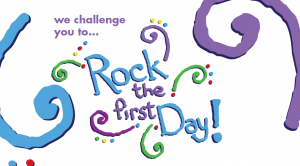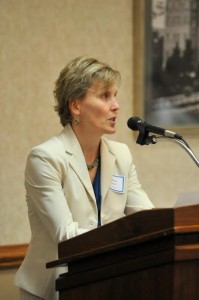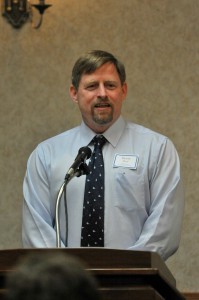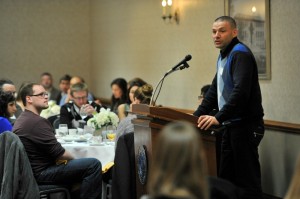Were you unable to attend the faculty panel on different types of institutions? Don’t worry! Check out the workshop recap below:
Panelists:
Cassie Majetic, Assistant Professor of Biology at St. Mary’s
Kelcey Parker, Associate Professor of English at Indiana University South Bend
Zachary Schultz, Assistant Professor of Chemistry & Biochemistry at the University of Notre Dame
Kathryn Waltz-Freel, Dean for the University Transfer Division
Recap:
- Panelist Backgrounds. Prof. Majetic worked as a visiting assistant professor before becoming an assistant professor at St. Mary’s, a liberal arts college that values the “teacher scholar model” where faculty spend a significant time teaching in addition to working on their research. Prof. Parker is an associate professor at Indiana University South Bend (IUSB), a regional university that allows faculty to go up for tenure with a teaching emphasis or a research emphasis. Prof. Schultz did a postdoc at NIST and was then a research fellow at NIH before starting his current position at Notre Dame. Prof. Waltz-Freel started as an adjunct professor before becoming a full time professor. She then worked as Chair of Academic Skills and is now the Dean of the University Transfer Division at Ivy Tech Community College.
- How to standout when applying for each type of position. Many of the panelists stressed the importance of being a good fit in the department. Prof. Parker indicated that job candidates can address this in their cover letter by saying how they fit with the department, type of institution, and the region. At a research university, applicants can stand out by having publications in top journals, and having success in acquiring outside funding for research. At community colleges, it is important to be able to present material in innovative ways during a teaching demo. It is also important to be aware of the challenges that first generation college students face and to be willing and able to teach students who struggle. For liberal arts colleges, it is advantageous if your previous work experience is aligned with the goals of the university, so it is better to have teaching experience than to have done many postdoc positions with no teaching.
- What constitutes productivity. For more research oriented positions: publishing first author papers, presenting at conferences, and successful grant writing. For more teaching oriented positions: having positive teaching experience, receiving teaching awards, and attending teaching conferences.
- Service Requirements. When going up for tenure, faculty at St. Mary’s are evaluated for their teaching, research, and service. A specific service requirement is not set, and faculty tend to spend more time with teaching and research than service. There are many things that can count towards service such as community outreach and serving on an advisory board. Important service contributions at Ivy Tech can include being involved in professional organizations, especially in ways that demonstrate leadership, and representing the college while being connected to the community. In a research position at Notre Dame, service can mean being involved in committees and helping out with departmental needs. Many of the activities listed above also count towards service at IUSB.
- Additional Tips. Make sure that your letter writers know you well. Don’t schedule too many interviews close together – you will be exhausted. During an interview try and be the most polished version of yourself – be professional and true to your personality.
Good luck with job applications!!




